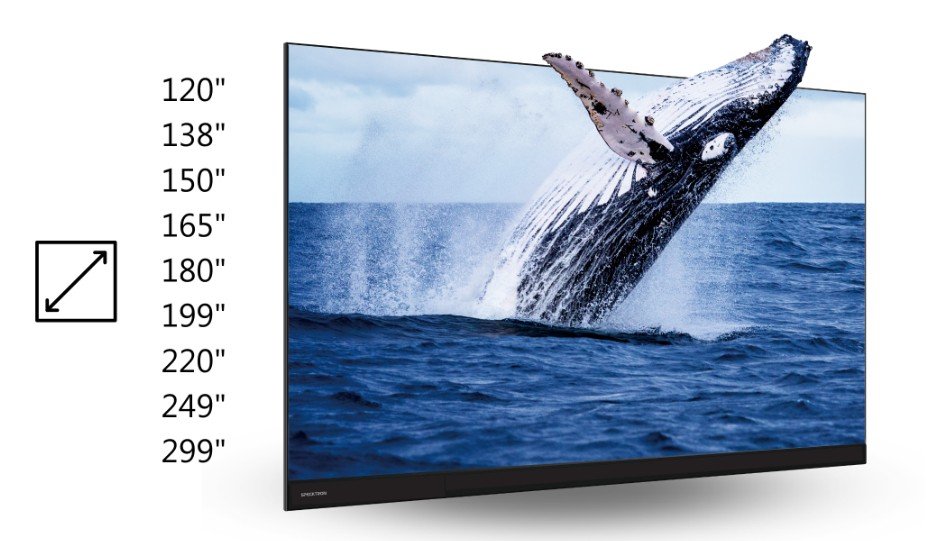
In the recent decade, the gaming industry has been one of the most lucrative. It profited from technical advancements that made gaming available to a worldwide audience. The gaming industry has seen several changes as a result of technological advancements, all of which have enhanced the overall gaming experience for all players. Within this article, we will be exploring the eight technological inventions that will change the gaming industry forever.
Mobile Technology
Mobile gaming has grown exponentially in recent years owing to improvements in mobile device capacity, functionality, and performance. Also, the growing mobile industry has led to a vast range of inexpensive models, making it simpler for people worldwide to obtain mobile devices and play games. In the gaming sector, mobile games are substantially cheaper than video games that you can play on next-generation consoles, therefore, there is now a wide range of online games available on smartphones, with some games on the phones, players have the potential chance to generate profit from playing.
The popularity of mobile devices and the convenience they provide spawned various genres and subgenres. For example, simple interfaces and features made hyper-casual games, idle games, and puzzles popular on mobile devices.
Cloud Gaming
It is predicted that cloud-based gaming would transform the gaming industry as a whole. As a result of cloud-based gaming, consumers can play on their mobile and desktop devices at the same time. In order to play the games that they want, even recent ones, they won’t have to invest in extra gaming gear or buy up-to-date equipment, making this a more reasonable alternative for a large number of gamers.
A monthly membership charge will be needed to access some game libraries, making cloud-based gaming considerably more affordable. Amazon, Apple, and Microsoft have all established their own cloud-based gaming offerings as evidence that cloud-based gaming is getting more popular. Additionally, the user may play any game from the library for a monthly charge, and they can also access the game on whatever device they want. This is a major benefit.
Wearable Technology
When it comes to wearable devices, the focus has shifted from tracking physiological processes to providing more insight into a user’s health, but there is still the expectation that these devices would provide a wide range of capabilities in addition to just tracking. The usage of smartwatches for basic mobile gameplay is a wonderful illustration of this. In addition, AR-enabled smart glasses may be used to play AR games. Other wearable gadgets are expected to provide similar features in the future.
Voice Recognition
To play video games these days, you don’t even have to move your body owing to speech recognition technology. Despite the fact that speech recognition has been around for quite some time, the practical use of the technology for gaming has only just begun to catch up with the technology. Computers are now capable of recognizing and responding to voice instructions, allowing them to meet the needs of their users. Furthermore, home pod systems like Google Nest allow you to play games without using a screen and this is starting to become more popular as many newly released games are focusing more on this.
Face-Recognition
Avatars may now be created in your image using face recognition software in addition to voice recognition. Intel’s RealSense 3D Camera provides the potential for game creators to incorporate a player’s emotional state in the game. The technique uses 80% on a person’s face to identify them.
Graphics and Visuals
As technology advances, so do visuals, and the next-generation consoles will include 8K graphics, the best visual quality ever achieved. At the top end of the spectrum, computer components might be prohibitively costly. Before we see 16K graphics on next-generation consoles, we’ll have to wait 8-10 years since they’ve just been on the market for a year (based on previous release cycles). Even though the computer scene is the first to witness this kind of quality, it’s not impossible. Because of the high-quality visuals, even outside of cutscenes, game makers are able to create games that seem realistic.
Virtual Reality
With the Oculus Rift or any VR headset, gamers can immerse themselves in virtual reality like never before. In VR, peripheral vision is filled with material and whole rooms can be seen as if the user were standing directly in front of the screen. It’s possible to eliminate the need for controls entirely using VR floor mats, which further enhances the immersive nature of the experience. It will be fascinating to watch whether PlayStation’s VR headset adjusts the emphasis in the future.
Gesture Recognition
Computers can now recognize nonverbal signs from humans via the use of gesture recognition. Players, for example, can immerse themselves in the world of football with a simple kick of the leg. Nintendo, Xbox, PlayStation, and Smart TVs have already integrated the technology, eliminating the need for remote control in certain circumstances. A few years ago, Microsoft’s Kinect introduced the concept of gesture recognition to the gaming industry; since then, many other businesses have seen the benefits of this technology.
Read more Technology articles






Leave a Reply